
BIRMINGHAM- A Tata Group-owned Air India (AI) Boeing 787-8 operating flight AI 117 from Amritsar (ATQ) to Birmingham (BHX) experienced an unexpected deployment of its ram air turbine (RAT) shortly before landing on October 4, 2025. The aircraft landed safely, and no technical anomalies were reported during the flight.
The aircraft has been grounded at Birmingham (BHX) for detailed inspections, while the return flight AI 114 to Delhi (DEL) was cancelled. According to Air India, all electrical and hydraulic systems remained within normal parameters despite the RAT activation.
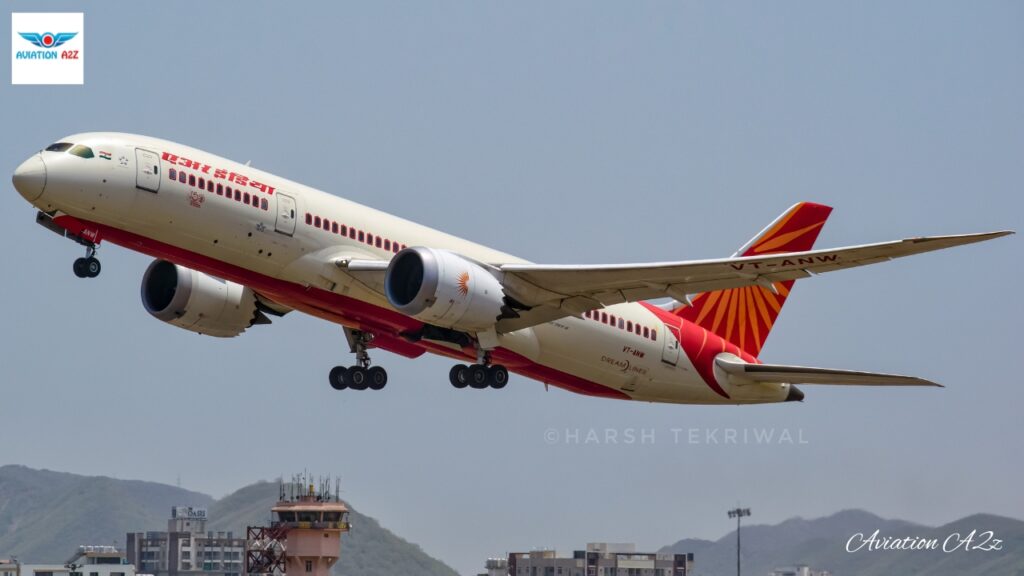 Photo: Photo: avgeekwithlens/ Harsh Tekriwal
Photo: Photo: avgeekwithlens/ Harsh TekriwalAir India 787 RAT Deployment
The ram air turbine, or RAT, is an emergency power device designed to deploy automatically or manually during severe electrical or hydraulic failures.
Its role is to generate sufficient power to maintain essential flight controls, navigation, and communication systems when all other power sources fail.
In this case, the RAT was deployed during the final approach, despite the aircraft’s systems showing no signs of malfunction.
Air India engineers have initiated a comprehensive technical assessment to determine the root cause of the anomaly. The findings will help identify whether the incident stemmed from a sensor glitch, a mechanical issue, or a software trigger.
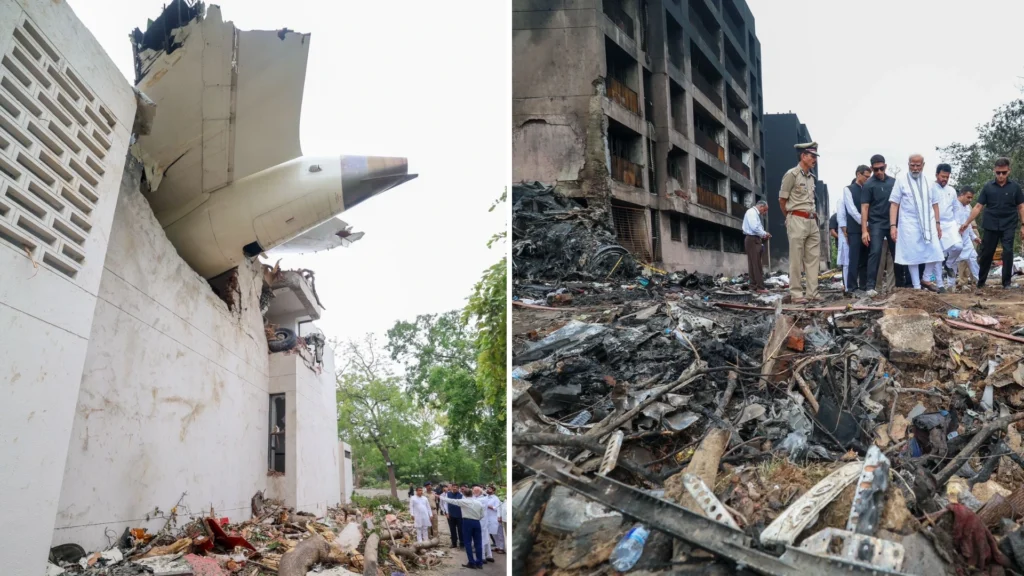 Photo: PM Narendra Modi X Handle
Photo: PM Narendra Modi X HandleIncident Context and Safety Measures
This incident follows heightened attention to RAT systems after the tragic Air India Boeing 787-8 crash in Ahmedabad (AMD) on June 12, 2025, which claimed 260 lives.
The preliminary investigation into that crash revealed that the RAT was deployed moments after takeoff when both engines shut down following a fuel control switch transition error. A detailed probe into that accident remains ongoing.
Given that background, the latest Birmingham (BHX) event has drawn scrutiny from safety experts and regulators.
While the RAT’s deployment itself did not endanger passengers, the uncommanded activation in normal flight conditions is considered highly unusual and warrants close examination.
Air India’s Official Statement
An Air India spokesperson confirmed that the flight crew noticed the RAT deployment during final approach but continued the landing safely.
Post-landing checks found all systems operating normally. The airline emphasized that passenger and crew safety remains its highest priority.
The grounded aircraft, registered as VT-ANO (12.2-year-old aircraft), will undergo thorough technical checks before returning to service. Meanwhile, passengers booked on the cancelled AI114 flight were provided alternative arrangements.
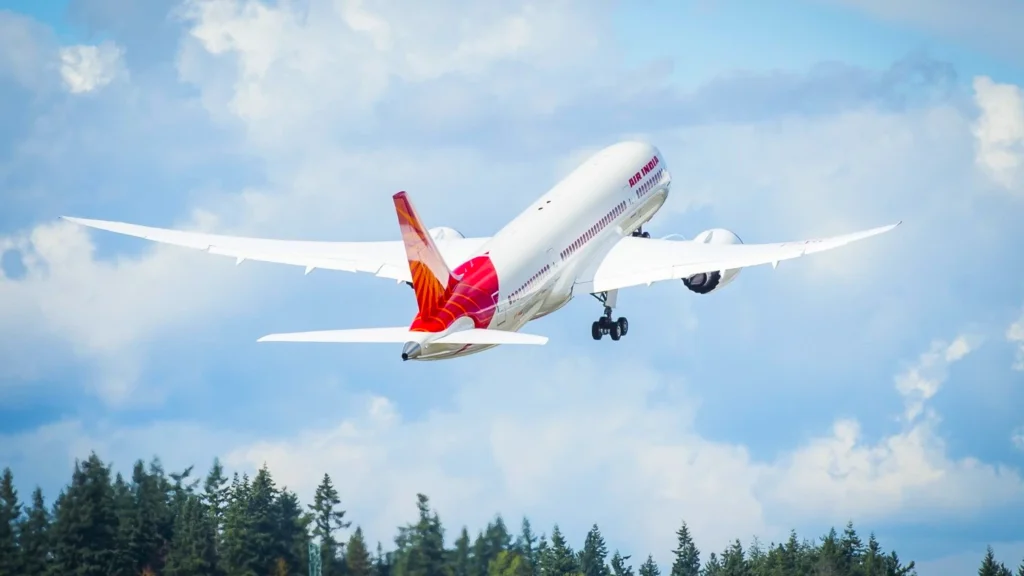 Photo: Boeing
Photo: BoeingUnderstanding the Ram Air Turbine
In modern aircraft like the Boeing 787, the RAT remains stowed beneath the fuselage until it’s needed. When deployed, it uses airflow to spin a small turbine that generates hydraulic or electrical power for critical flight systems.
Accidental or premature RAT deployment, though rare, requires detailed investigation because it can indicate potential sensor or system irregularities.
Flight tracking data confirms that the affected aircraft departed Amritsar (ATQ) at 1:07 pm IST and arrived in Birmingham (BHX) at 7:00 pm local time without further incident.
Stay tuned with us. Further, follow us on social media for the latest updates.
Join us on Telegram Group for the Latest Aviation Updates. Subsequently, follow us on Google News
Air India 787 Crash Families Sue Boeing and Honeywell
The post Air India Boeing 787 RAT Deployed Before Landing at This UK Airport appeared first on Aviation A2Z.






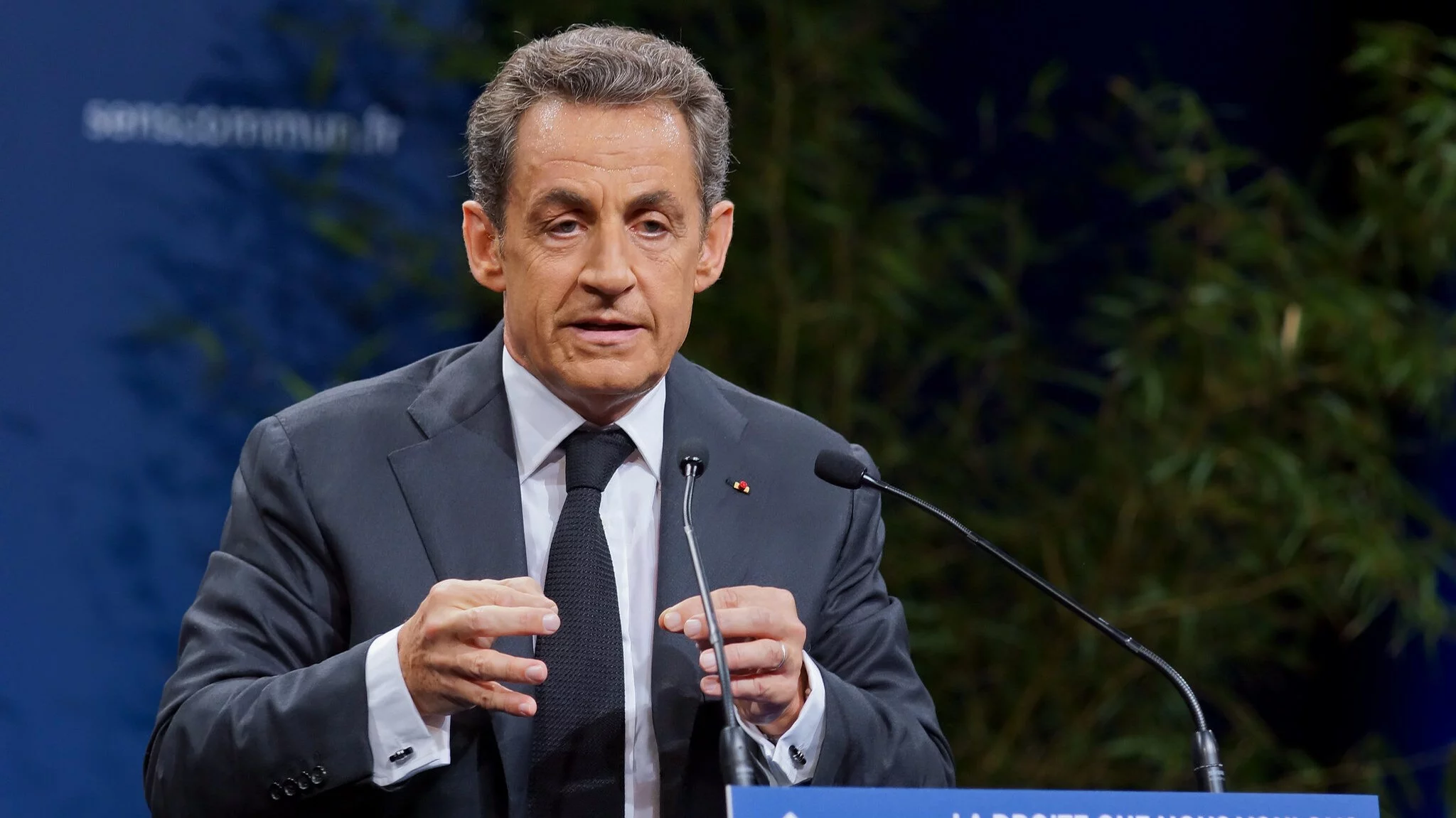
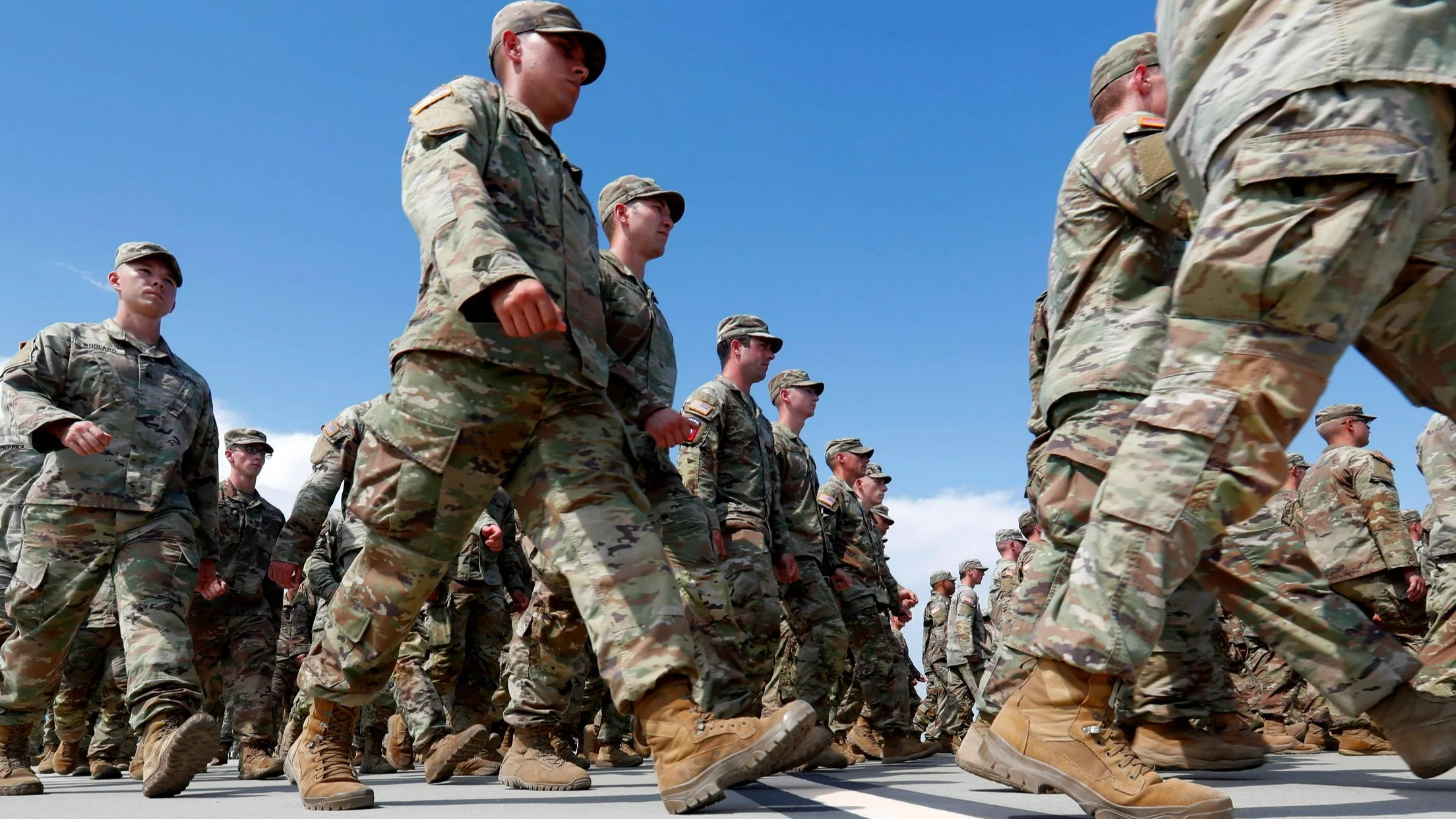




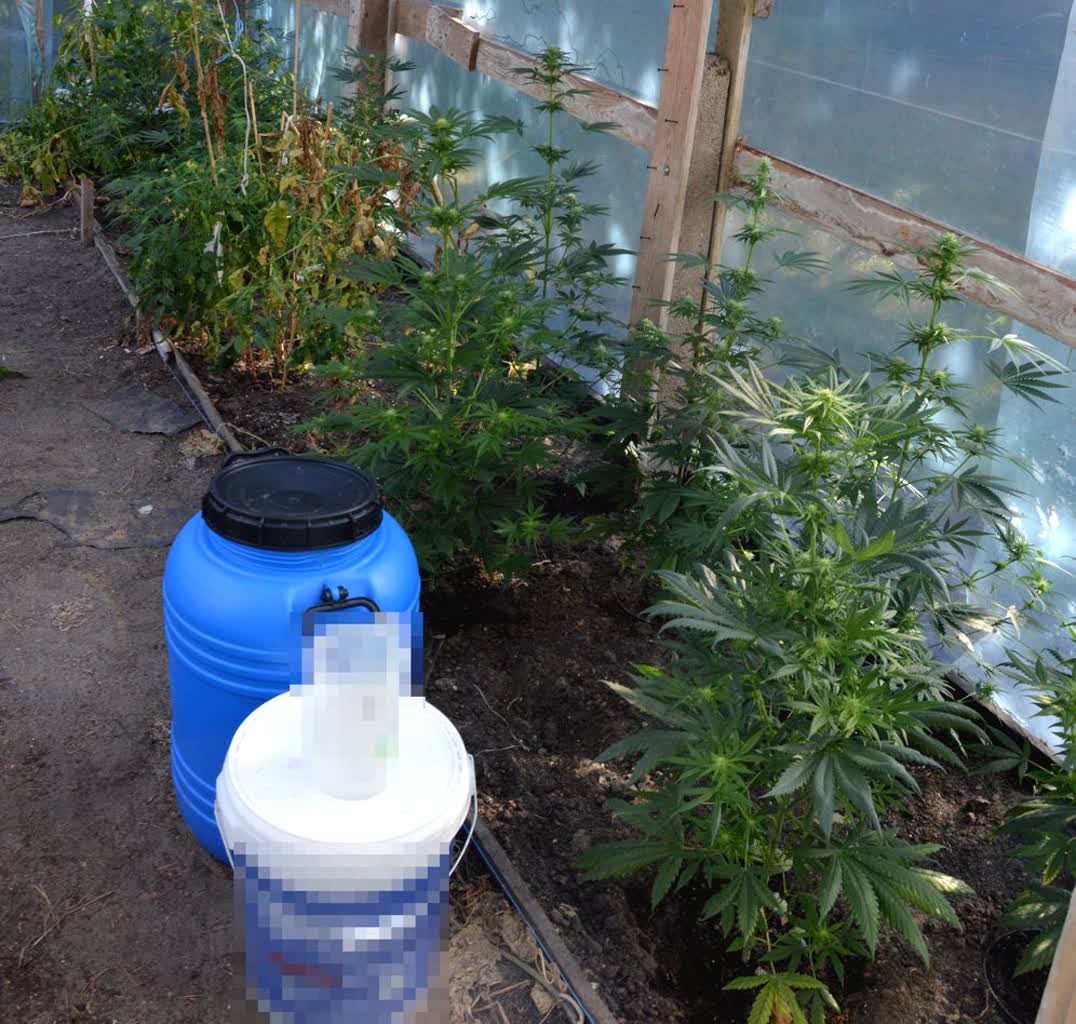

![Co nowego dla osób z niepełnosprawnościami w 2026, 2027 i 2028 r.? [FAQ]](https://g.infor.pl/p/_files/38387000/pomoc-seniorka-niepelnosprawnosc-38387355.jpg)

